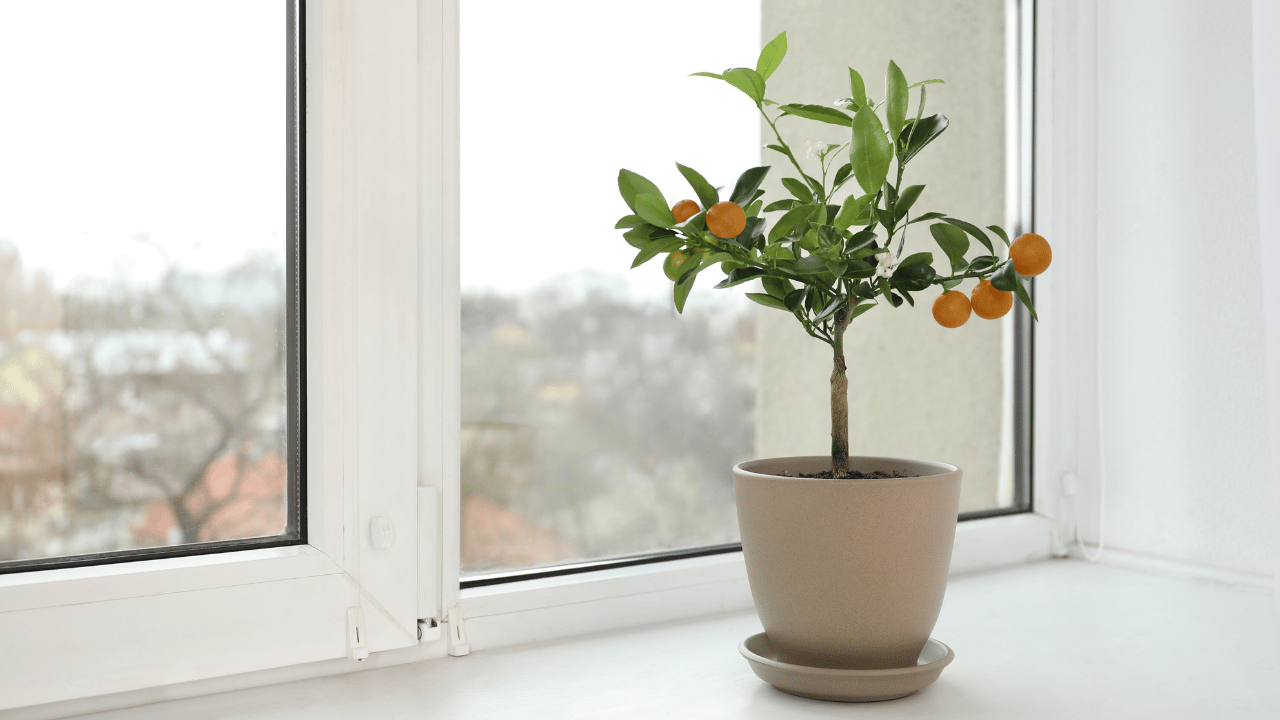Imagine the fresh scent of citrus blossoms and the joy of picking your own lemons or oranges, all from the comfort of your home. Growing indoor citrus trees is a rewarding hobby that adds beauty, fresh fruit, and a touch of nature to your living space. It’s easier than you think, even if you live in a cooler climate!
This guide is proudly sponsored by SeniorHMOplans.com. If you’re turning 65, they can help you find the best Medicare Advantage plan tailored to your needs. Let’s explore how to grow vibrant citrus trees indoors.
1. Why Grow Citrus Trees Indoors?
- Fresh Fruit: Enjoy homegrown lemons, limes, or oranges without a trip to the store.
- Air Quality: Citrus trees help purify the air and add a refreshing scent to your home.
- Decorative Value: Their lush leaves and colorful fruits brighten any room.
- Therapeutic Hobby: Gardening has proven mental health benefits, making it a relaxing and fulfilling activity.
2. Choosing the Right Citrus Tree
- Meyer Lemon: Compact and easy to grow, this variety is perfect for beginners.
- Key Lime: Produces small, fragrant limes and thrives in containers.
- Calamondin Orange: Known for its decorative appeal and small, tangy fruits.
3. Setting Up Your Indoor Citrus Garden
Choose the Right Container:
- Use a pot with good drainage to prevent root rot.
- Opt for a container slightly larger than the tree’s root ball.
Pick the Perfect Spot:
- Place your tree near a south-facing window with plenty of sunlight (6-8 hours daily).
- Supplement with grow lights if natural light is insufficient.
Use Quality Soil:
- Citrus trees prefer well-draining potting soil designed for indoor plants.
- Avoid heavy garden soil that retains too much moisture.
4. Caring for Your Indoor Citrus Tree
Watering:
- Water deeply but allow the top inch of soil to dry out before the next watering.
- Overwatering can harm citrus trees, so check soil moisture regularly.
Feeding:
- Use a fertilizer specifically formulated for citrus trees.
- Feed your tree every 4-6 weeks during the growing season (spring and summer).
Pruning:
- Trim dead or overgrown branches to maintain shape and encourage growth.
- Remove any suckers (growth below the graft line) to direct energy to fruit production.
Pest Control:
- Watch for common pests like aphids or spider mites.
- Treat with insecticidal soap or neem oil if necessary.
5. Harvesting and Enjoying Your Citrus
- Fruit takes several months to mature but is worth the wait.
- Harvest when the fruit is fully colored and easily detaches from the branch.
- Enjoy fresh citrus in recipes, teas, or as a healthy snack!
Conclusion: Growing indoor citrus trees is a delightful way to bring nature indoors and enjoy fresh fruit year-round. With a little care and patience, your tree will thrive and reward you with beauty and flavor. For more gardening tips and senior lifestyle ideas, visit SeniorSearching.com—your trusted resource for senior living inspiration.


